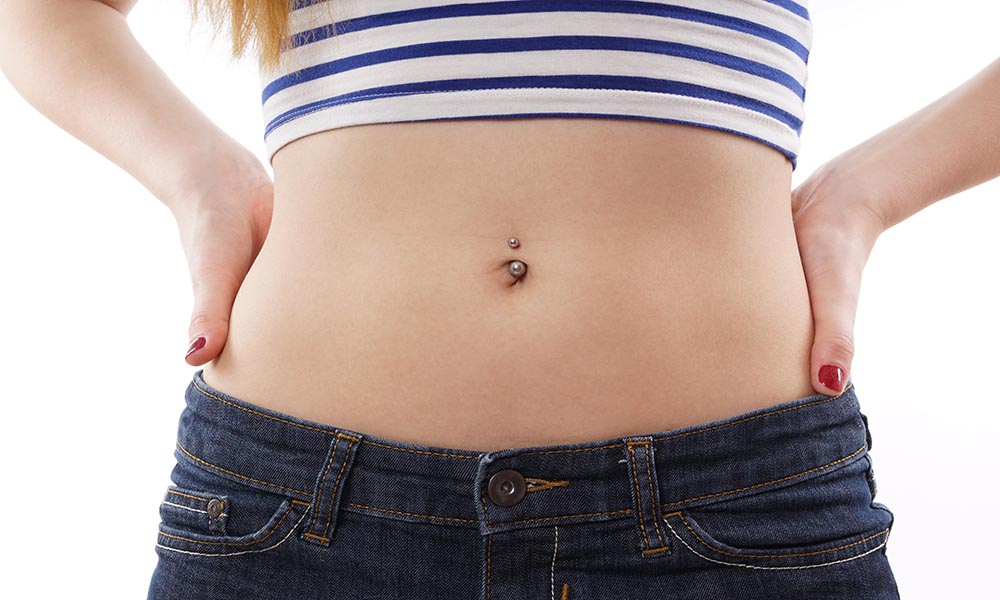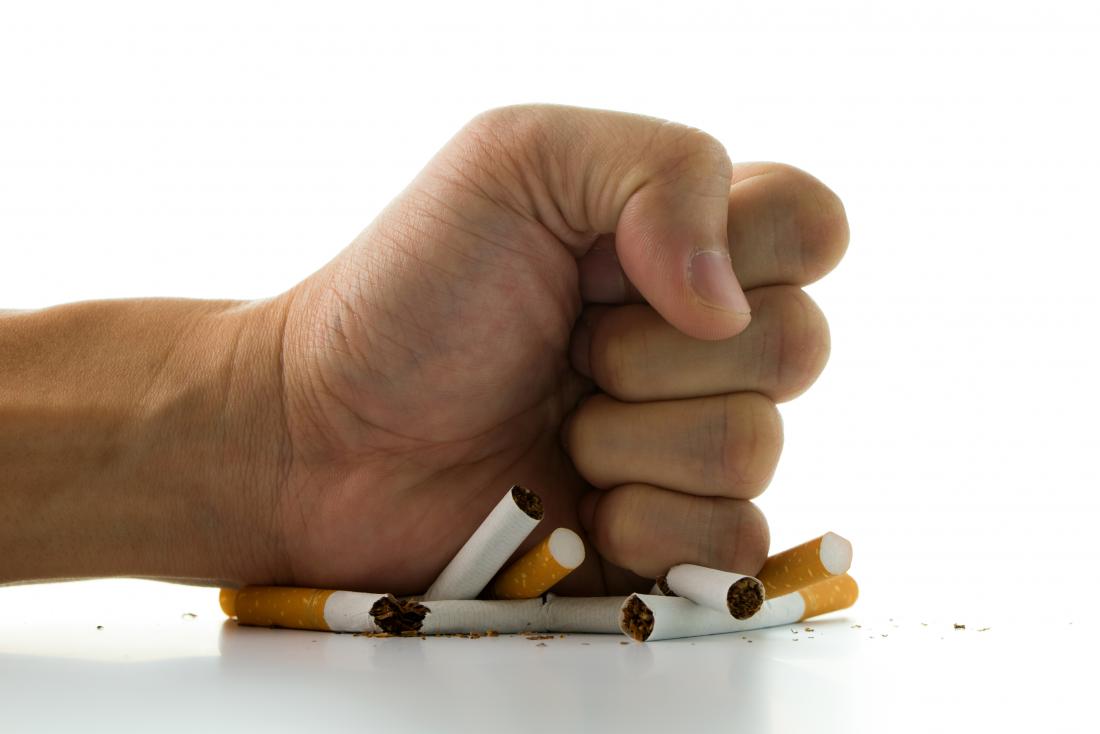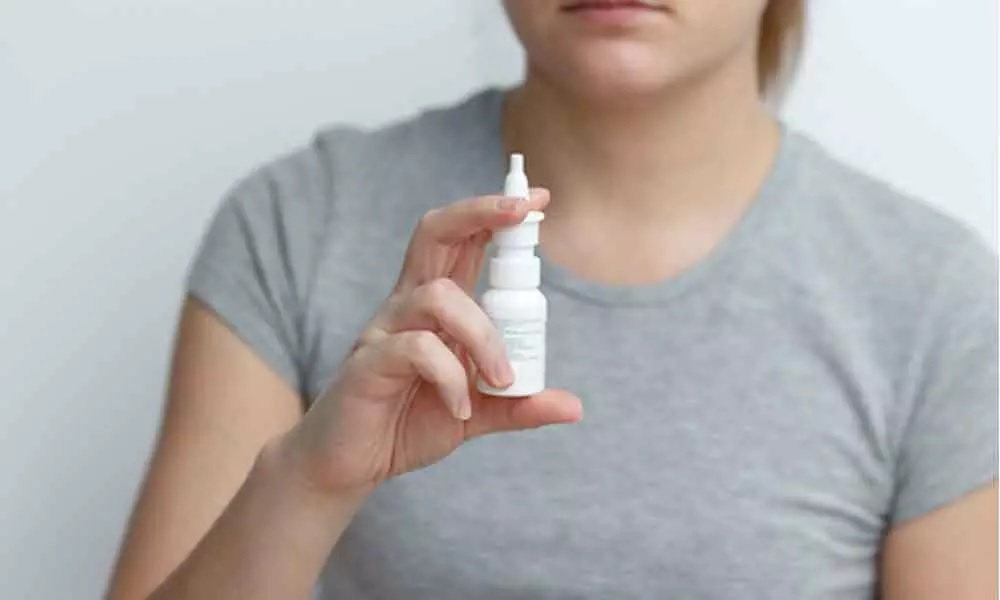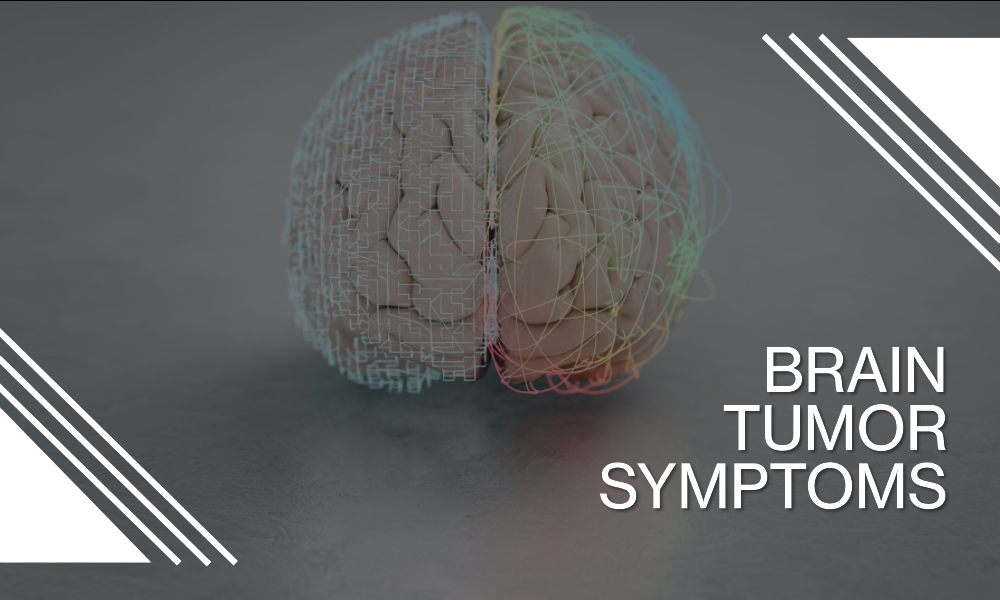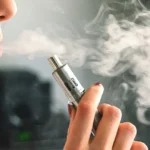Body piercings are a popular form of self-expression and style. However, as with any form of body modification, they come with risks, including infection. If you’ve recently had a belly button piercing and you’re wondering what an infection might look like, this article is designed to help guide you.
- Swelling: Swelling is typical after a new piercing, but if the swelling persists or gets worse after the first few days, it may be a sign of infection. An infected belly button piercing may appear significantly swollen, more than what is typical following a new piercing.
- Redness: While some redness is normal after a piercing, if it continues to be red, gets darker over time, or spreads outwards from the piercing site, it could be a sign of infection.
- Pain: Some discomfort or pain is common after a piercing, but if the pain gets worse, persists, or spreads, it could indicate an infection. Pain is your body’s way of indicating something is wrong, so any ongoing or intensifying pain should be taken seriously.
- Unusual Discharge: It’s normal for a new piercing to secrete some clear or straw-colored fluid. However, if you notice discharge that is yellow, green, or grey, this could be a sign of infection. The discharge may also have an unpleasant smell.
- Heat: If the area around your belly button piercing feels hot to touch, this could be a sign of infection. Heat is another sign of inflammation and your body’s attempt to fight off infection.
- Fever or Chills: While these symptoms are less common, a severe piercing infection can lead to systemic symptoms like fever or chills. If you’re experiencing these symptoms, seek medical attention immediately as it could be a sign that the infection is spreading.
If you suspect that your belly button piercing is infected, it’s important not to remove the jewelry yourself. Removing the piercing could potentially trap the infection inside and make it harder to treat.
Seek professional help as soon as possible. Most piercing infections can be treated with proper hygiene and antibiotic creams or oral antibiotics if caught early. However, in severe cases, an untreated infection can lead to abscess formation or systemic illness, which may require more serious medical intervention.
Proper aftercare is crucial to preventing infections after a belly button piercing. This includes cleaning the area with a saline solution as recommended by your piercer, avoiding swimming in pools or hot tubs until the piercing is healed, and avoiding tight or dirty clothing that could irritate or contaminate the piercing.
In conclusion, if you notice any signs of infection, such as persistent or increasing redness, swelling, pain, heat, unusual discharge, or systemic symptoms like fever, seek medical attention immediately.

